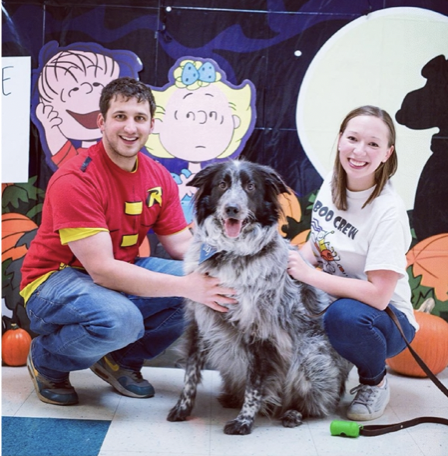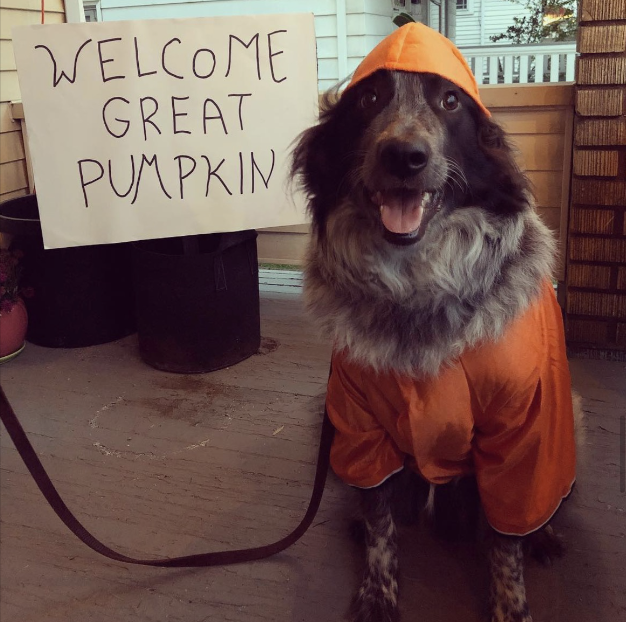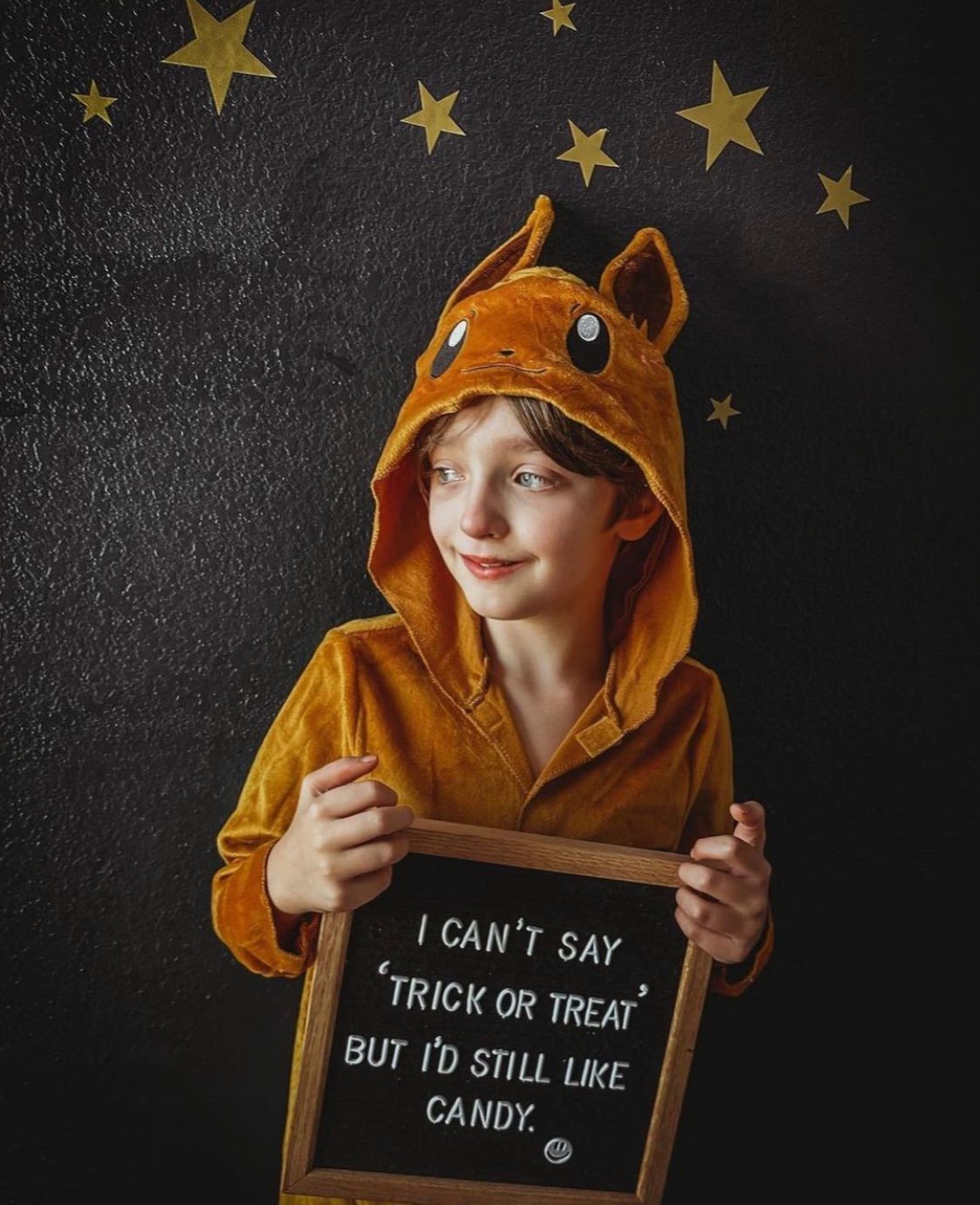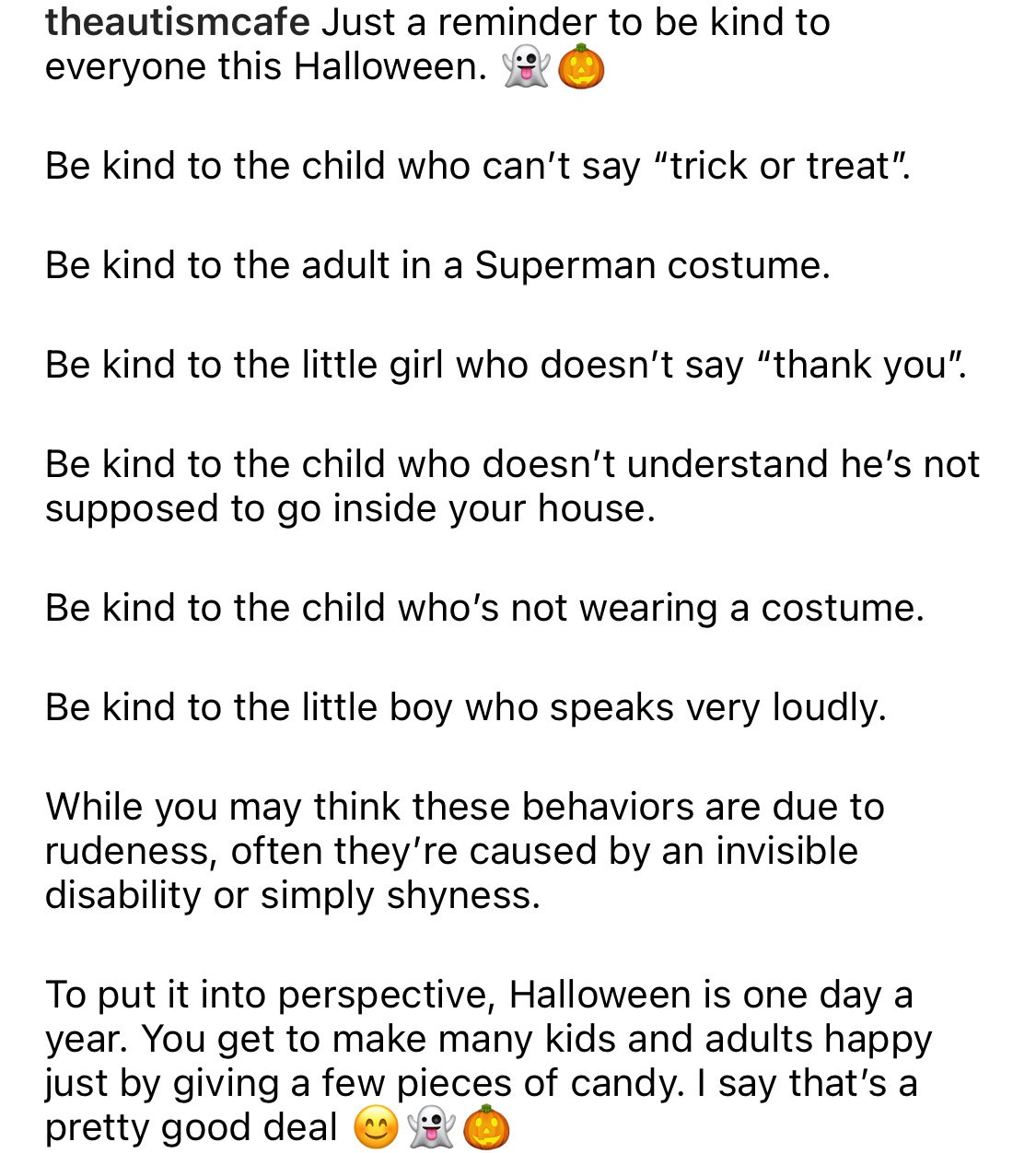5 Ways To Make Halloween Inclusive For Trick-Or-Treaters Of All Abilities
Ladies and gentlemen and dogs… it’s an exciting day here at Haylie’s Dailies because we have our first guest blogger! Allow me to introduce you to one of my sisters… Chelsey Meader (Starin), OTR/L.
Chelsey is the youngest of the Starin sisters, a recent bride, a dog mom, a National Parks enthusiast, and an Occupational Therapist who is certified through NBCOT and licensed through the Ohio OTPTAT board. (AKA… she’s a cool gal with a big heart!)
Chelsey was born on October 29, 1991, and came home from the hospital ON HALLOWEEN! (Cutting it a little close there Chelsey…) Luckily, we were still able to trick-or-treat that year and we even got extra candy because people thought she was cute… and also because apparently, a 2-day-old can’t eat Reese's yet.
The Starin sisters with some seriously large pumpkins! 🎃
And while we always loved Halloween in our house… and dancing to The Monster Mash on repeat… it’s important to acknowledge that Halloween can present challenges for many children, especially those with special needs. For instance, children in wheelchairs may find trick-or-treating difficult, kids with autism may struggle with approaching neighbors for candy, and children with sensory sensitivities might have a hard time adjusting to loud music and flashing lights.
With Halloween fast approaching, Chelsey will guide us through five tips to ensure that all trick-or-treaters, regardless of their abilities, can feel included and fully participate in the festivities this year!
Inclusive Halloween Tips By Chelsey Meader, OTR/L
Hi there! In addition to being Haylie’s insanely cool younger sister, I have the extremely rewarding job of being an Occupational Therapist... AKA, I adapt activities for individuals of all abilities.
I have been working/volunteering with individuals with disabilities since high school, and quickly developed a passion for helping children and adults reach their full performance potential for the activities they need (and want) to do on a daily basis.
This led me to pursue occupational therapy as a full-time career, and I graduated with my master’s degree in 2019. Since then, I have been working with both children and adult patients to increase their independence and improve their quality of life. My dog Brody is also a trained therapy dog and comes along with me when I volunteer to help provide relief, comfort, and snuggles to patients.
When Haylie approached me and asked me to be a guest blogger, naturally my first sisterly response was, “sure - for a million dollars…” But, when the blog post was on inclusivity (a topic very near and dear to my heart) I, of course, offered my suggestions pro-bono. (Well, to be fair, she owed me Starbucks.)
So, as I sip my #PSL… let’s dive in!
Here are 5 suggestions for an all-inclusive Halloween:
1. Consider non-food alternatives
I have had experience working with a diverse range of children, some of whom have food allergies, aversions, or oral-motor dysfunction that affects their food choices and preferences. To promote inclusivity during Halloween, consider providing non-food items in a separate bowl, such as stickers or small toys. Displaying a teal pumpkin can signal to parents, guardians, and children that alternative options are available, ensuring that everyone can participate and enjoy the festivities.
2. Hand out candy in an accessible location
Kiddos may have physical disabilities or conditions that affect their mobility, making it challenging for them to walk or navigate stairs and uneven surfaces. Sit in a well-lit location that is free from all obstacles so all children - even those in wheelchairs - are able to get to you. This is especially important if you plan on leaving a bowl out instead of sitting outside… make sure it's placed in an accessible location!
3. Be conscious of the containers you’re using
Visual impairments are fairly common in children.
“Approximately 6.8% of children younger than 18 years in the United States have a diagnosed eye and vision condition.”
This may impact their ability to see that delicious candy in the bowl! To accommodate these challenges, consider using a plain bowl that provides a strong visual contrast with the candy you're passing out. For example, if you're handing out brightly colored candies like Starbursts, opt for a plain black bowl to make it easier for the child to differentiate between the container and the treats. Avoid using bowls with intricate patterns, as these can lead to visual confusion. In addition, ensure that the area is well-lit for better visibility.
4. Be sensory-friendly
Children with sensory sensitivities may struggle to process their environment and can become overwhelmed. Take a moment and think about all the senses you are processing right now. As an example, I see and feel the computer I'm typing on, see the lights and hear the sounds from my television, hear my husband talking on the phone about the Steelers (eww, GO BROWNS!), feel my dog sitting next to me, and so on. There's a lot I can process and filter out - but not everyone is able to do that!
So, when you're thinking about your display, complete this activity again. Make an effort to minimize sensory triggers like bright flashing lights, loud music, or disruptive noises.
If you notice a child who appears overwhelmed or overstimulated, reach out to their parent or guardian to offer assistance. For instance, you might suggest temporarily turning off the music or dimming the lights until they pass. Remember, every kiddo is unique!
Additionally, keep in mind that some children may be unable to wear costumes or face masks due to tactile sensitivities, so be accepting and accommodating of everyone, even if they aren't dressed up!
5. Alter your expectations
Certain children might be non-verbal and unable to say "trick-or-treat" or "thank you." Additionally, some may have fine motor impairments that make it challenging for them to pick just one piece of candy, resulting in them taking multiple pieces. So, try to be understanding and be accommodating to all children, considering their unique needs and abilities.
To put this in perspective, here’s a good reminder from @theautismcafe:
Thank you so much for reading - we hope these 5 suggestions are helpful! While it may take just a little extra effort, thank you thank you thank you for doing your part to create a Halloween that everyone can enjoy!
Happy Halloween, all! 🎃
xoxo Chelsey (& Haylie)
Psst… looking for more Halloween content? 💌 Make sure to subscribe to receive creative blog posts in your inbox! And check out these posts:
🛍️ Shop Fall Finds At The Haylie’s Dailies BOO-tique!
🎉 Easy Spook-Tacular Halloween Party Ideas And Free Resources For Your Next Monster Mash
🎃 Free Printable Pumpkin Carving Patterns For The Most Boo-Tiful Jack-O'-Lanterns In Town
✔️ Fall Fun Bucket List For The Whole Family
🔎 Keep The Kids Entertained While You Sip Your #PSL With This Autumn Scavenger Hunt
🖍️ 14 Free Printable Halloween Coloring And Activity Pages For Kids
🎵 Spook-Tacular Kid-Friendly Songs For Your Halloween Party Playlist













